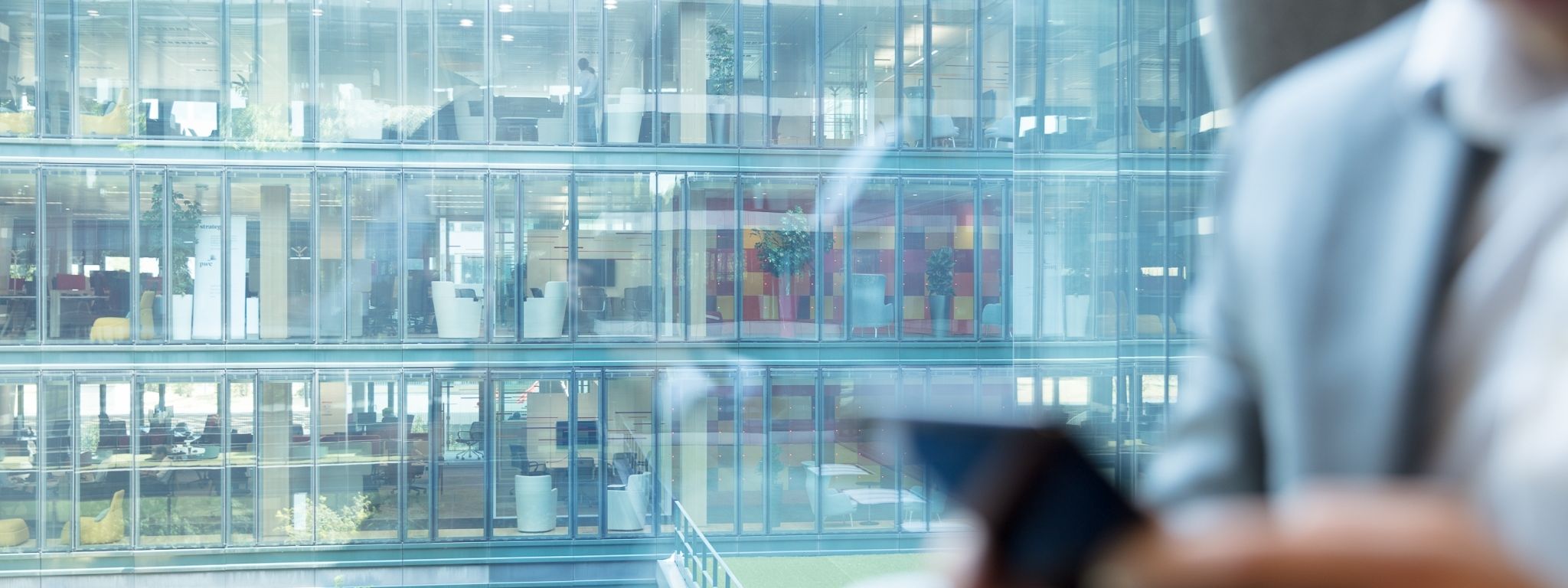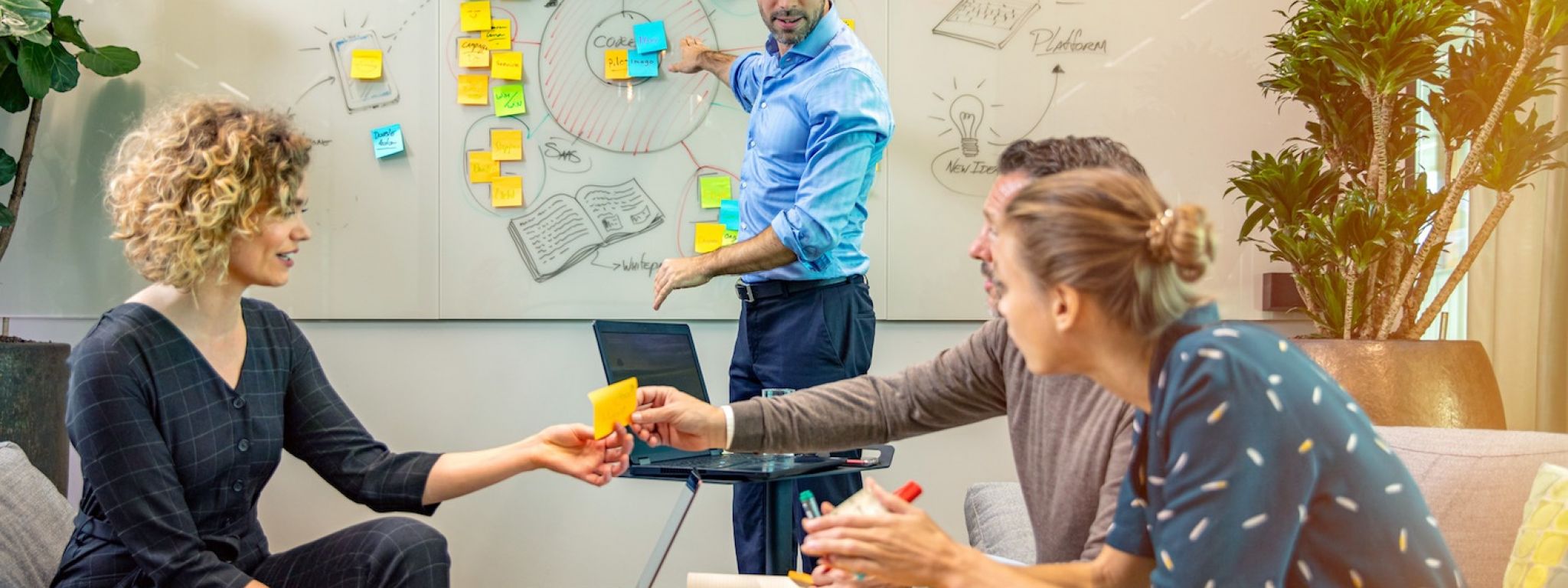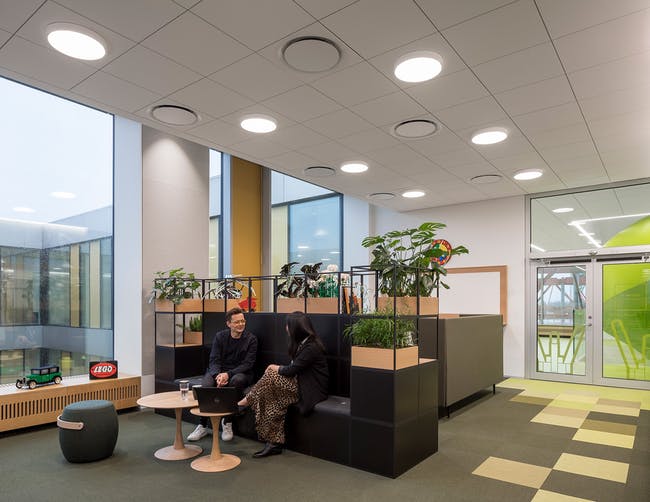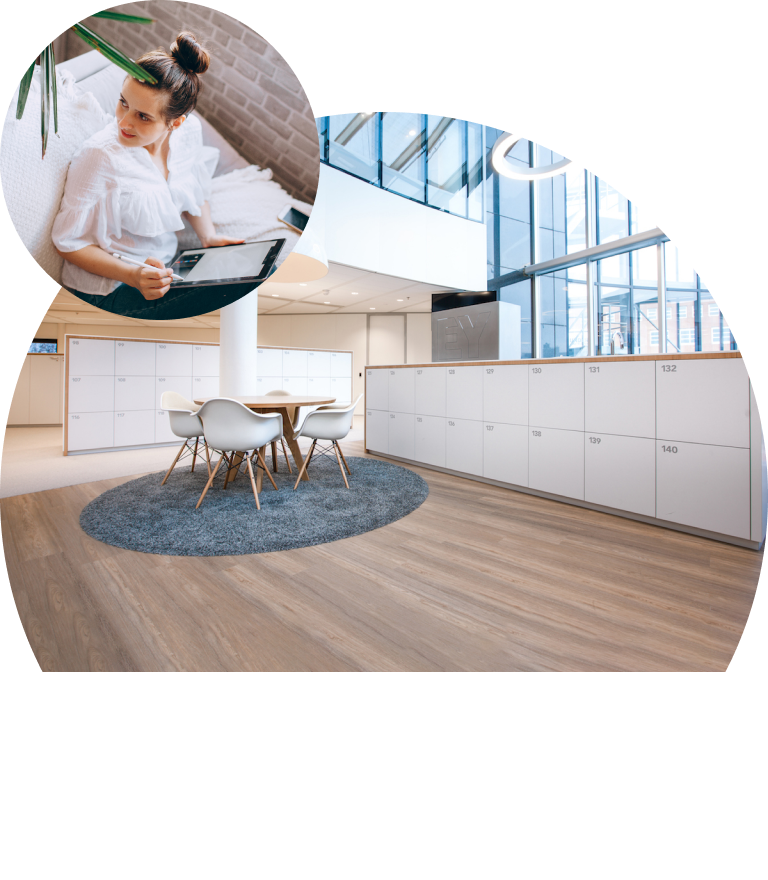Dynamic working is not a brand new concept but the Covid-19 crisis has accelerated the pace of embracing dynamic working! For all those who are still struggling with the term, it’s basically a new way of approaching working arrangements so that it empowers employees and makes the workplace more diverse and inclusive. With the onset of Covid-19 and millions of people working on-and-off from home, companies are taking a long, hard look at re-designing and refurbishing their office spaces.
Covid-19 and Re-assessing Office Spaces
Undoubtedly, Covid-19 has brought unprecedented challenges that have forced workplaces to adopt new flexible ways of working. With a majority of employees working remotely and adopting innovative ways to collaborate and boost productivity, the sentiments towards the role of offices and office spaces are being re-evaluated both by employers as well as employees.
Employers now know for a fact that they don’t need the concept of traditional offices where every individual had an assigned desk and needs to work 8 hours a day! It has also demonstrated that considerable work that used to happen in offices can be now achieved from home. So, then why are we talking about flexible workplaces, if everything can happen remotely?
Well, the reason is that in our knowledge-based economy, face-to-face interaction, collaboration and socialization play a major role. No-one wants to discuss a new job role over video apps nor do they want to have their Friday drinks over Teams! People need to get together as a team and brainstorm. And that’s why the time to re-think your office space is now!
Dynamic workplaces have dedicated spaces with self-service workstations in a shared, open, flexible and connected office space. Starting with cost reduction, increased employee productivity, well-being and mobility, as well as digitalization of workplaces, the concept of flex offices is now a reality and it is here to stay!
Read More: The Smart Office - A data driven workplace
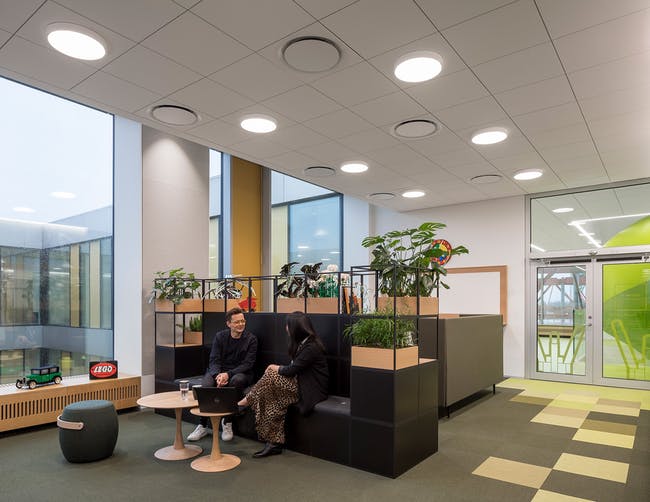 Dynamic Working at Lego
Dynamic Working at Lego
Throwback to companies that have Flexible workplaces working for them
Some companies like Microsoft, Capgemini, Deloitte, PwC, Nike, Accenture, etc have recognized the need for flexibility and mobility of employees and embarked on rethinking and redesigning traditional models in favor of open and efficient.
Marc Zuili, CIO, Deloitte France, recognizes that everything is digital-driven nowadays and that this affects the way employees work and also what they expect from their companies in terms of services and experiences provided. Deloitte has completely adapted their workplace to be a flex office. They offer various services to their employees, so each consultant or partner can freely work in an assigned working zone and operate every service through smartphones.
Read the testimonial here: Deloitte Testimonial
When moving to the new headquarters, Capgemini embraced the new ways of working and it is one of the first flex offices of Capgemini with desk sharing. This project, also called “The 147”, is a continuation of a global plan for the transformation and modernization of real estate, conducted over the last three years, consisting of consolidating the Capgemini Group's various sites to offer the functionalities and services corresponding with the real needs of employees.
Read the testimonial here: Capgemini Testimonial
.jpg?width=1020&name=Deloitte-Main-Image_f8914fd2ddc17834fd621b42f83fdeac%20(1).jpg) Deloitte in the UK has already introduced agile working and implemented new activity-based offices.
Deloitte in the UK has already introduced agile working and implemented new activity-based offices.
But, talking about dynamic working and moving towards dynamic working is not the same! You might think that you need a flex office but you also have to realize that vision. Take a look at the most important things one needs to keep in mind before the entire transition :
What to consider when moving to a flexible office?
1. What kind of flexibility do you need?
There are various kinds of flex offices: Activity based workplaces, Hot desks, Coworking space, Remote Working, etc! You need to review the data for your current office space and you need to speak to your employees or coworkers to understand what they need out of the office to make their life easier and their day more productive.
The smartest way to get that data is a quick space utilization check for your current office. This is important because you might think that you are using your current space in a way when really, you’re using it completely differently. So, the data is just a quick way to check facts.
Adopting a flex office concept also has economic implications and reasons: removing unused furniture, diversifying work environments, focusing on zones and providing other services useful to employees (cafes, meeting & co-working zones, relax- and play-zones, quiet rooms). When rethinking the workplace space, one should choose to focus on the well-being of employees.
2. What technologies will your flex office offer?
To have a successful flex-office, it is necessary to deploy the right technology that will, in turn, encourage employees to embrace the change. So, you can choose between remote-friendly technology, space scheduling apps, interactive office map, light and temperature sensors, etc. depending on what you need to enable colleagues and employees to move towards a flexible. Also, take into concern what furniture you’ll need – new workstations, smart lockers solutions, phone booths, etc.!
Read More: Why Smart Lockers are crucial for Activity-based Workplaces
3. Who will be responsible for the change management?
Whether the workforce will hit the ground running or sit spinning its wheels will be determined by the way the organization communicates the change process to its staff. Keep a clear understanding of which internal stakeholders to involve, what kind of training and updates to provide to the staff and who’s responsible for the training, what tech channels to be used, etc.!
These efforts will make the transition from old working ways to a new dynamic way of working much easier.
4. Does today’s plan accommodate the needs for the future?
Now that you know what kind of flexibility you want and what technologies you want, you might want to consider the vision for the future of the business and make sure the current plan aligns with the vision. For instance: Is the space flexible enough to accommodate future needs or will space expand with your expanding growth, etc.!
In Conclusion,
An agile working environment is not about a cool vibe but a smart way to positively impact staff retention, collaboration, creativity, productivity and general wellbeing. And if you want to incorporate agility in your office, you have to knock on the door of the flexible workplace. I’ll leave you with what Mark McLane, Global Head of Diversity and Inclusion in Barclays says about dynamic working: We have seen a rapid take up of dynamic working and in turn have seen staff satisfaction levels go up, productivity increase and improvements in employee retention. It’s been a win for all”.

